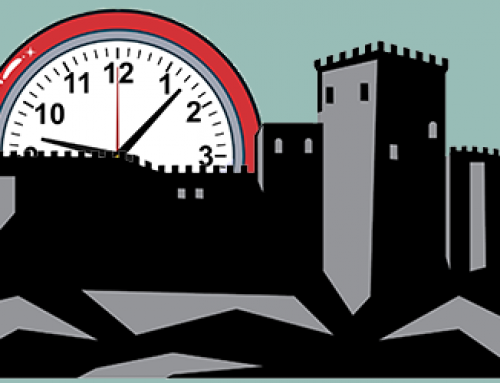Over the past few years, we’ve purchased furniture from various retailers. I mean the type of furniture that comes in boxes with nuts and bolts and tools—and if you’re lucky—with instructions.
We’ve had wonderful experiences where it comes out right, and horrible ones when it takes much longer than it’s supposed to—often requiring reassembly at some point.
What process instructions!
When it comes to improving your business, business process management requires creating those valuable instructions to make sure things come out right.
Summarize the process
Start by clearly defining what your process will accomplish. Identify the start and end points of the process. What triggers the process to start? How do you know when it’s done?
Let’s use the Sales process as an example.
The objective of this process is to ensure a sales gets closed.
The process starts with a new lead being generated by your marketing team and ends when the customer pays for their purchase.
The “trigger” for this process to start is a new lead being assigned to you in your CRM
Organize the process
Once you know what you’re going to accomplish with your process it’s time to organize your process.
Identify the inputs are needed for the process? What activities will be included? Get specific about who will do each of these activities; and in what order.
Back to our sales process example, to execute my sales process, I will need “inputs” such as lead qualification information, a signed quote, and payment information.
The activities will include: lead generation, lead qualification, discovery, needs analysis, solution design, quote sent, quote signed, and payment completed.
These activities will be done by various people: marketing rep, response rep, account executive, and the customer
Now that you know what you where you want to go and how you want to get there it’s time to transcribe the process. Place the steps into a flowchart in a swim lane format.
Transcribe the process
In the sales process example the flowchart will look something like this. You can see we have a swim lane for each of the “roles” participating in the process and each activity is represented on the flowchart.
So what’s next?
Implement the changes
Once you have the processes documented and approved, it’s time to implement the changes and make sure everyone involved is on board and willing to follow the process instructions you’ve created.
As you go through the implementation process keep an open mind and be willing to adjust the process as you go.
With proper dedication to your process instructions you will find that your processes run much more smoothly.
From the start of the process to its closing, if you prepare clear and visual process instructions, you’ll likely get good results and all the new “furniture” you bring to your business will be functional right out-of-the-box without any reassembly!






